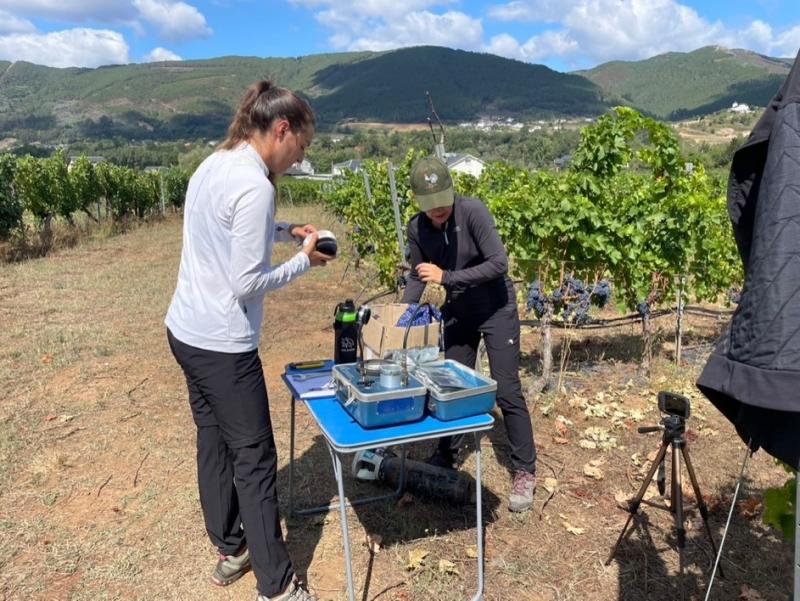In the context of climate change, water management is crucial for controlling the reproductive growth and quality of grapes. In this study, we aimed to determine the effects of different water regimes on the yield components and chemical composition of grape Vitis vinifera Albariño grown in Galicia. The amount of irrigation applied does not necessarily positively affect the productive parameters of grapes in a region with abundant rainfall, such as Galicia, even in a dry year. The trend towards climatic conditions with greater crop water demand in temperate climates has led to a clear interest in the adequate management of irrigation in a sustainable manner using small amounts of water that allow a balanced maturation in order to obtain high-quality grapes.
Rainfed production is a sustainable management alternative since the production and quality obtained are similar to those shown for irrigation at 30 % of ETo from véraison to harvest, especially under temperate weather conditions, as in Galicia. The research carried out allowed us to determine that higher irrigation over time (irrigated at 30 % from pea-size to harvest and irrigated at 30 % throughout the whole vegetative cycle) does not improve the productive results while demanding a greater amount of irrigation water. On the other hands the treatment affected malic acid, total acidity, free amino acids (FAN), and assimilable yeast nitrogen (YAN); meanwhile, of the volatile chemical groups analysed, esters, acetates, and volatile acids were affected by the treatment, while the season affected all chemical families of volatile compounds, with the exception of C6 compounds. Through using small amounts of irrigation water, production stability can be attained in both qualitative and productive aspects.
Other adaptation techniques to climate change, such as cover crop management and/or leaf defoliation, both early and in the berry ripening phase, should be studied in combination with deficit irrigation. Finally, other irrigation systems, such as sub-surface drip irrigation, could prevent evaporation losses; for this reason, a comparison between surface and sub-surface drip irrigation could help to reduce the water required for irrigation, thus increasing water use efficiency. This research was supported by INIA funds through Project RTA2014-00049-C05-05.
More information:
https://doi.org/10.3390/agriculture12101522









